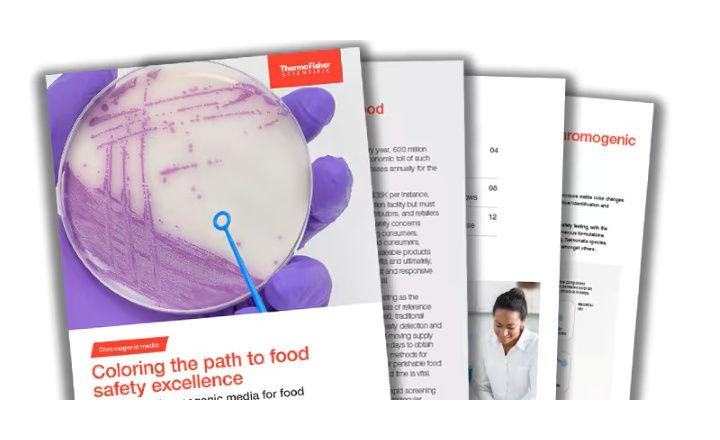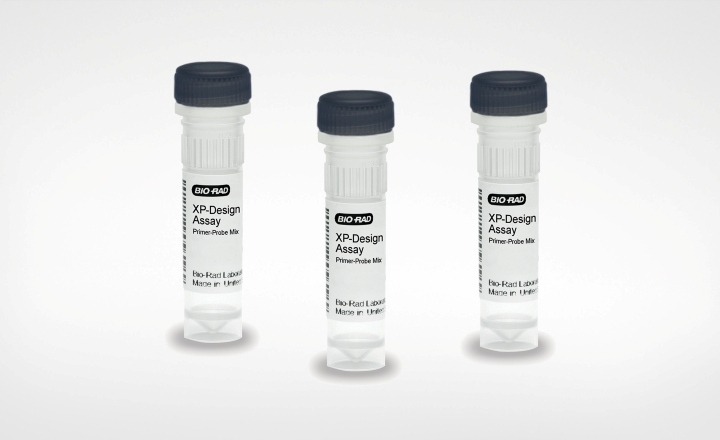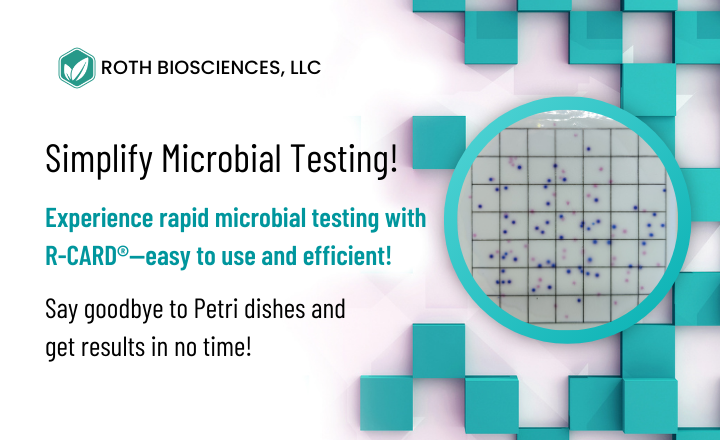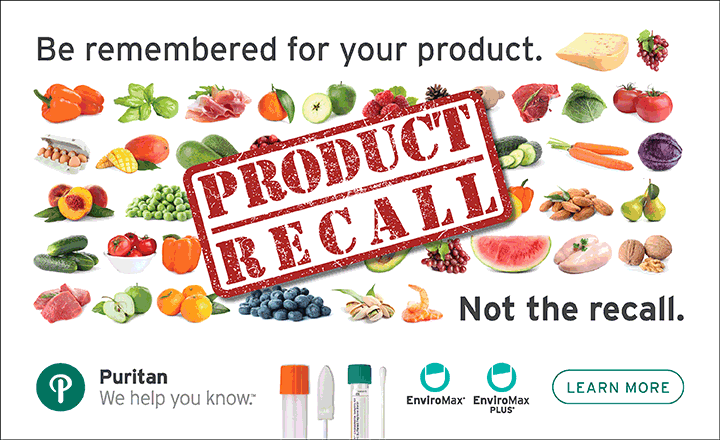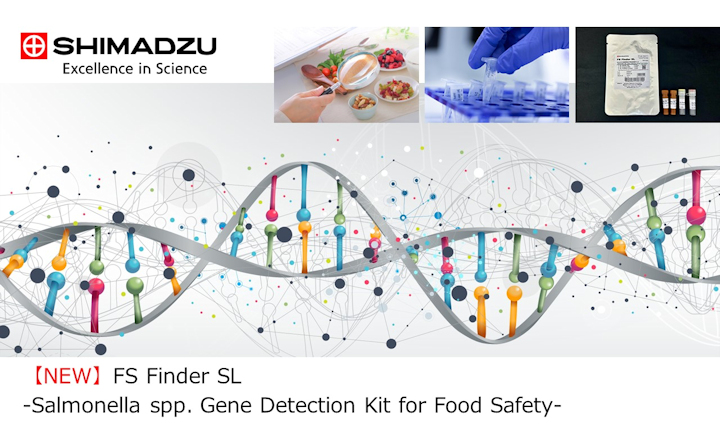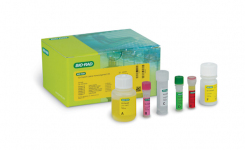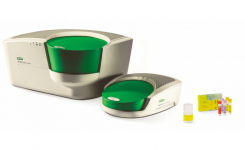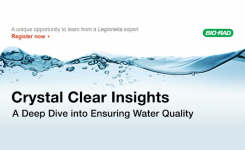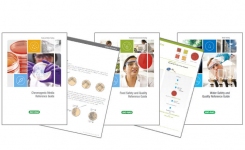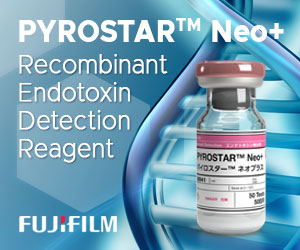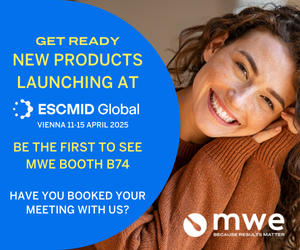
While current classical methods for Salmonella detection are laborious and time consuming, the RAPID'Salmonella method involves only 2 simple steps: an overnight enrichment in BPW followed by a single plating step on RAPID’Salmonella Chromogenic agar.
A new extension study of the RAPID’Salmonella method was run according to the future ISO 16140 requirements in milk powders including infant formula with and without probiotics, and related dehydrated dairy ingredients up to 375 g sample size.
The enrichment step was performed in pre-warmed Buffered Peptone Water without any selective supplement. Storage of the enrichment broth and storage of the RAPID’Salmonella plates for 72h at 2 - 8°C before moving to the next step were tested.
The sensitivity and the relative level of detection were evaluated during the study. The sensitivity study was run on 67 samples (32 positive and 35 negative). All the positive samples were artificially contaminated using a seeding and spiking process with very low level of contamination. The relative accuracy, sensitivity and specificity were respectively 97%, 94% and 100%.
No differences were observed between the results observed prior to the storage of the enrichment broth and the storage of the RAPID’Salmonella plates for 72h at 2 - 8°C.
The relative level of detection was determined through a positive fractional recovery study performed on infant formula with probiotic. The relative detection level was comprised between 0.4 and 1 CFU in 375g.
In conclusion, this extension of the RAPID'Salmonella method proved to be an effective alternative method for the detection of Salmonella in milk powders including infant formula with and without probiotics, and related dehydrated dairy ingredients up to 375 g sample size.
For more information email to FoodScience@bio-rad.com or visit www.bio-rad.com/en-fr/product/rapidsalmonella-medium


